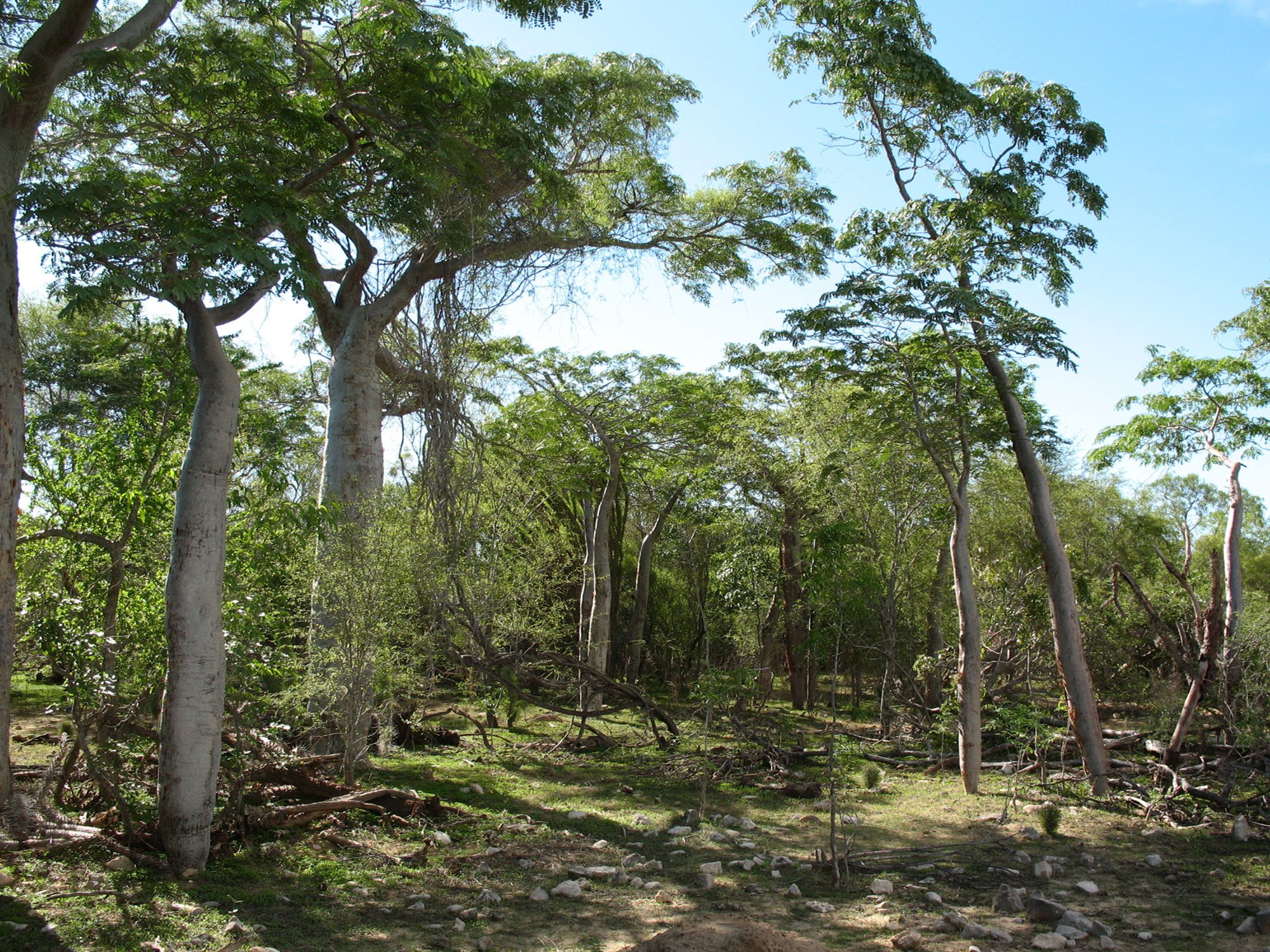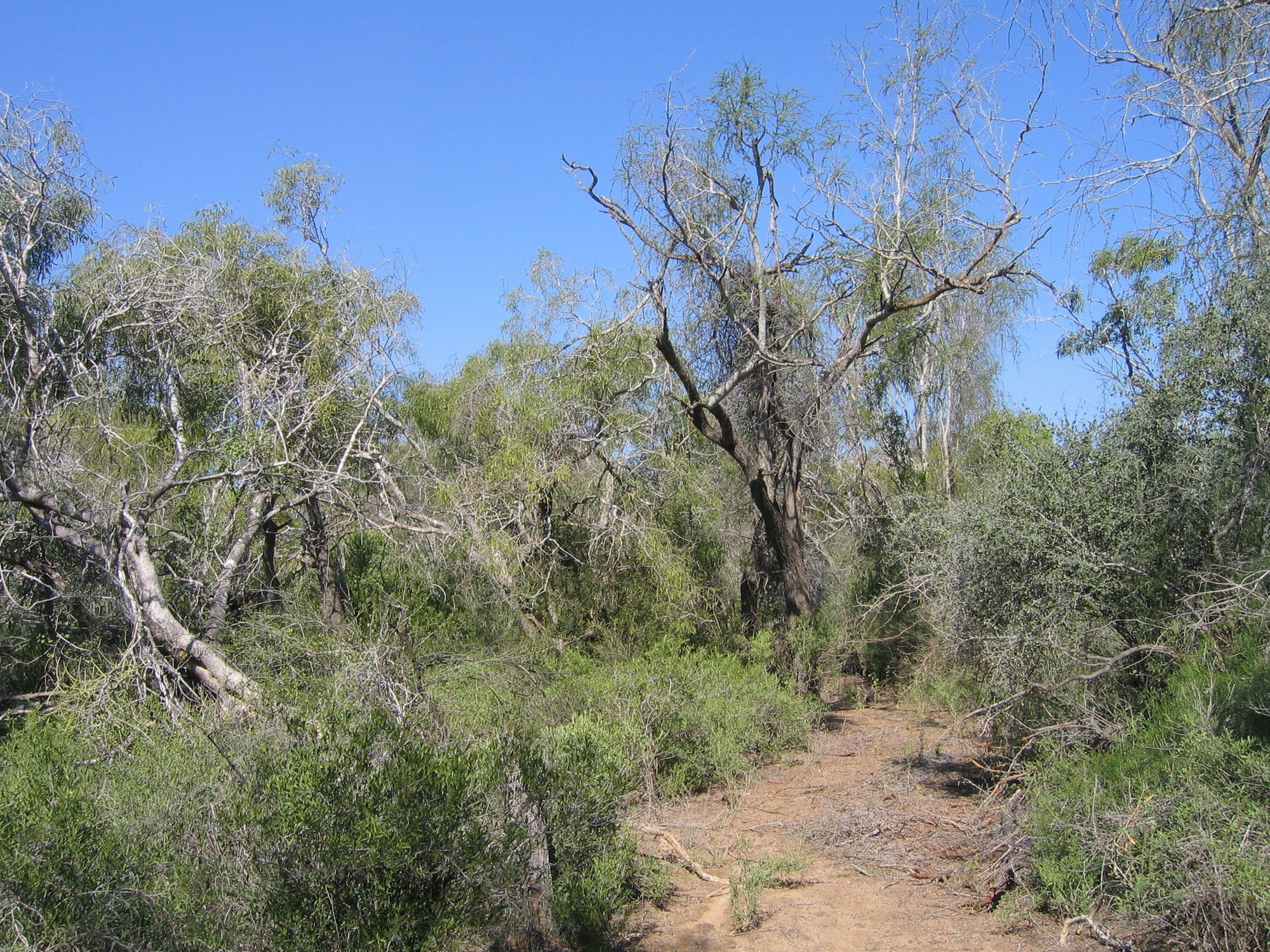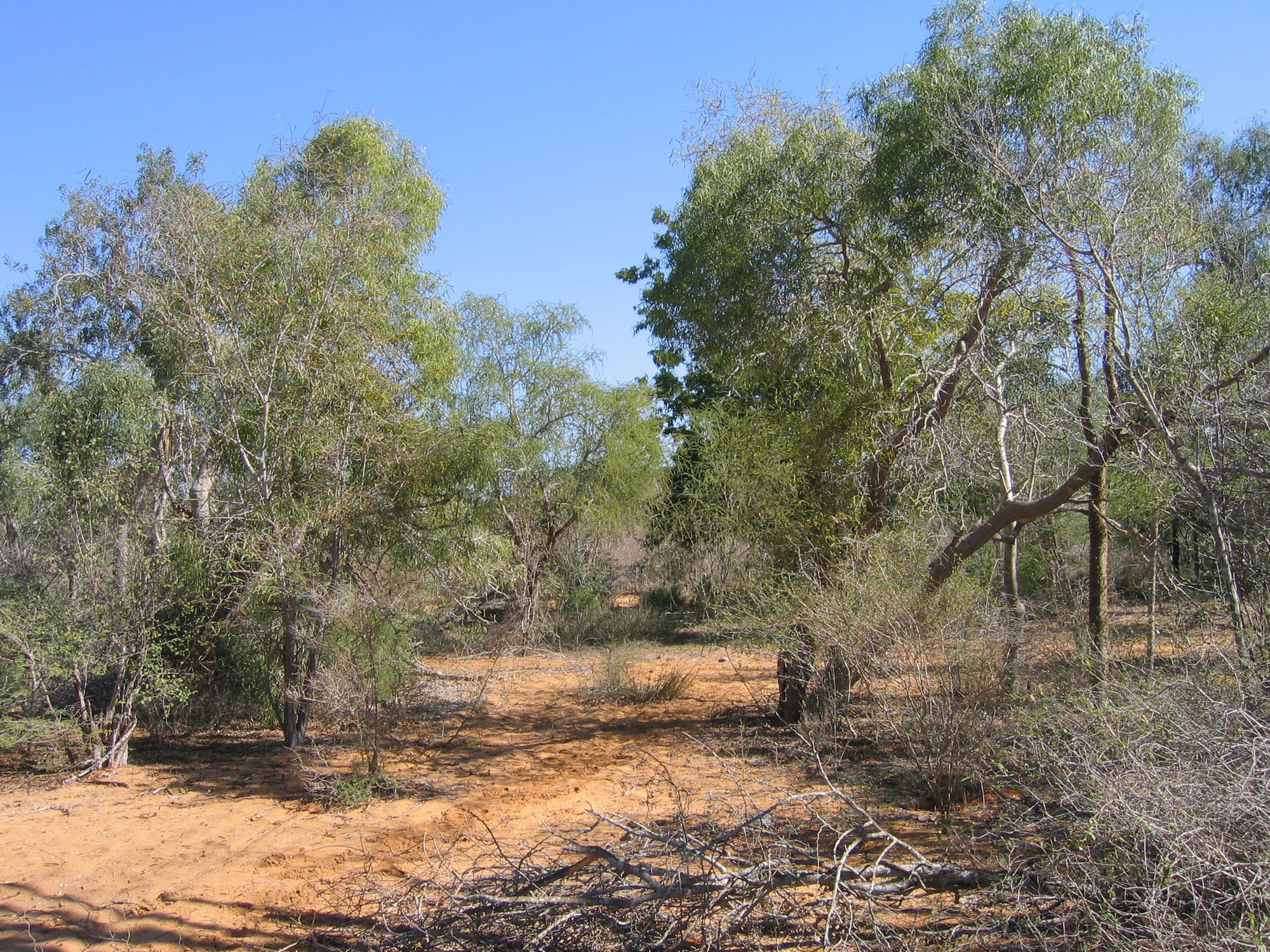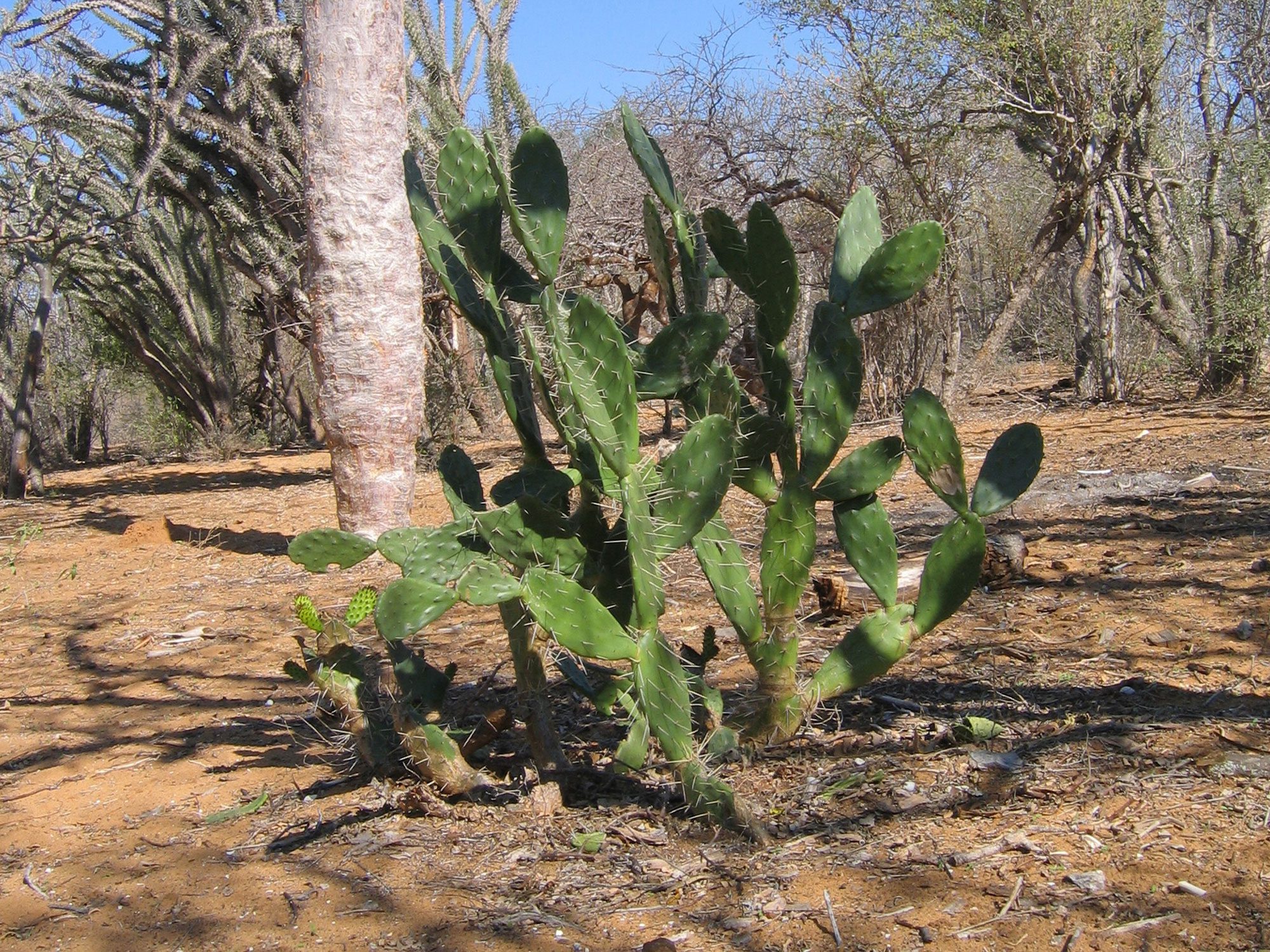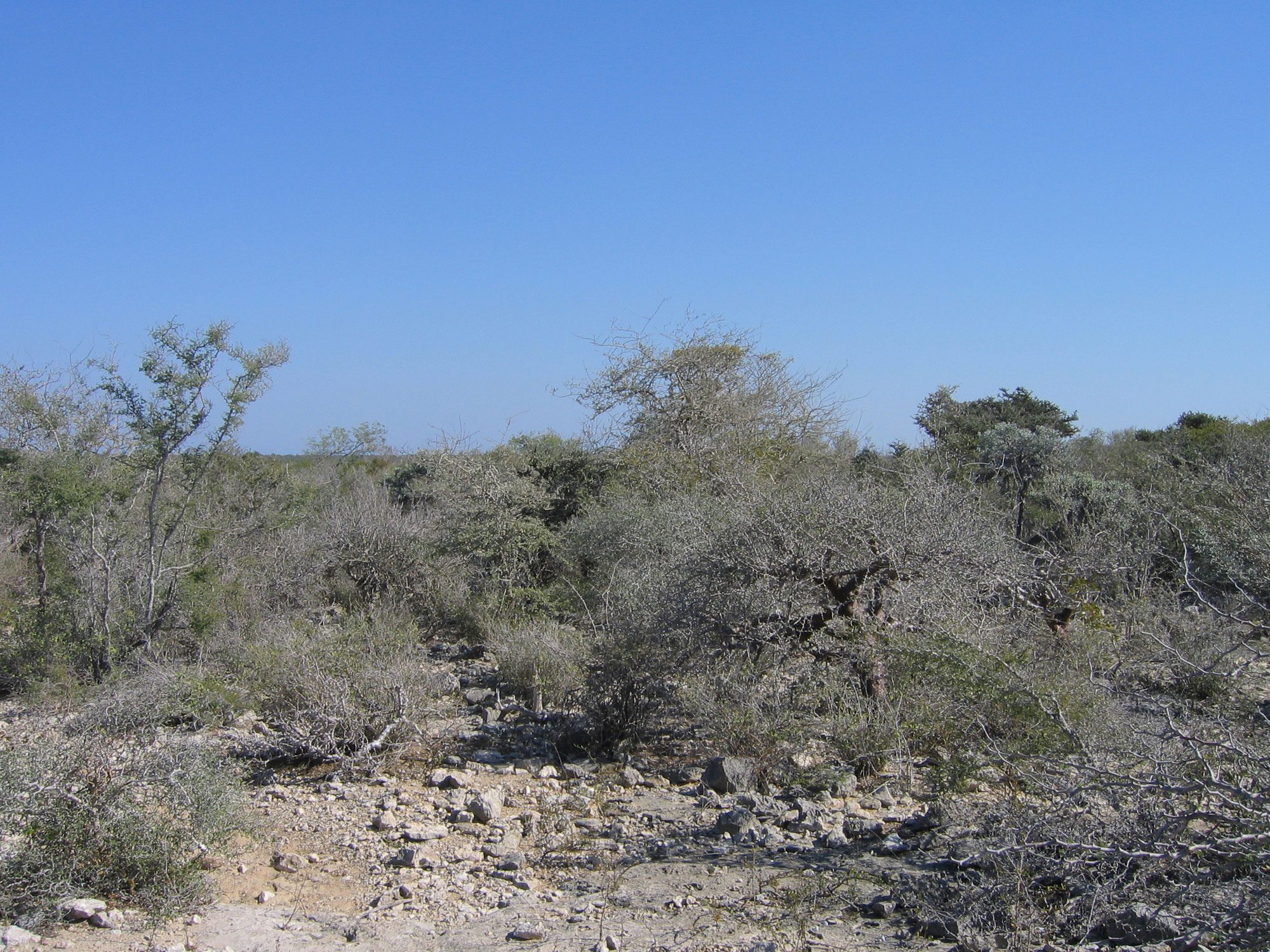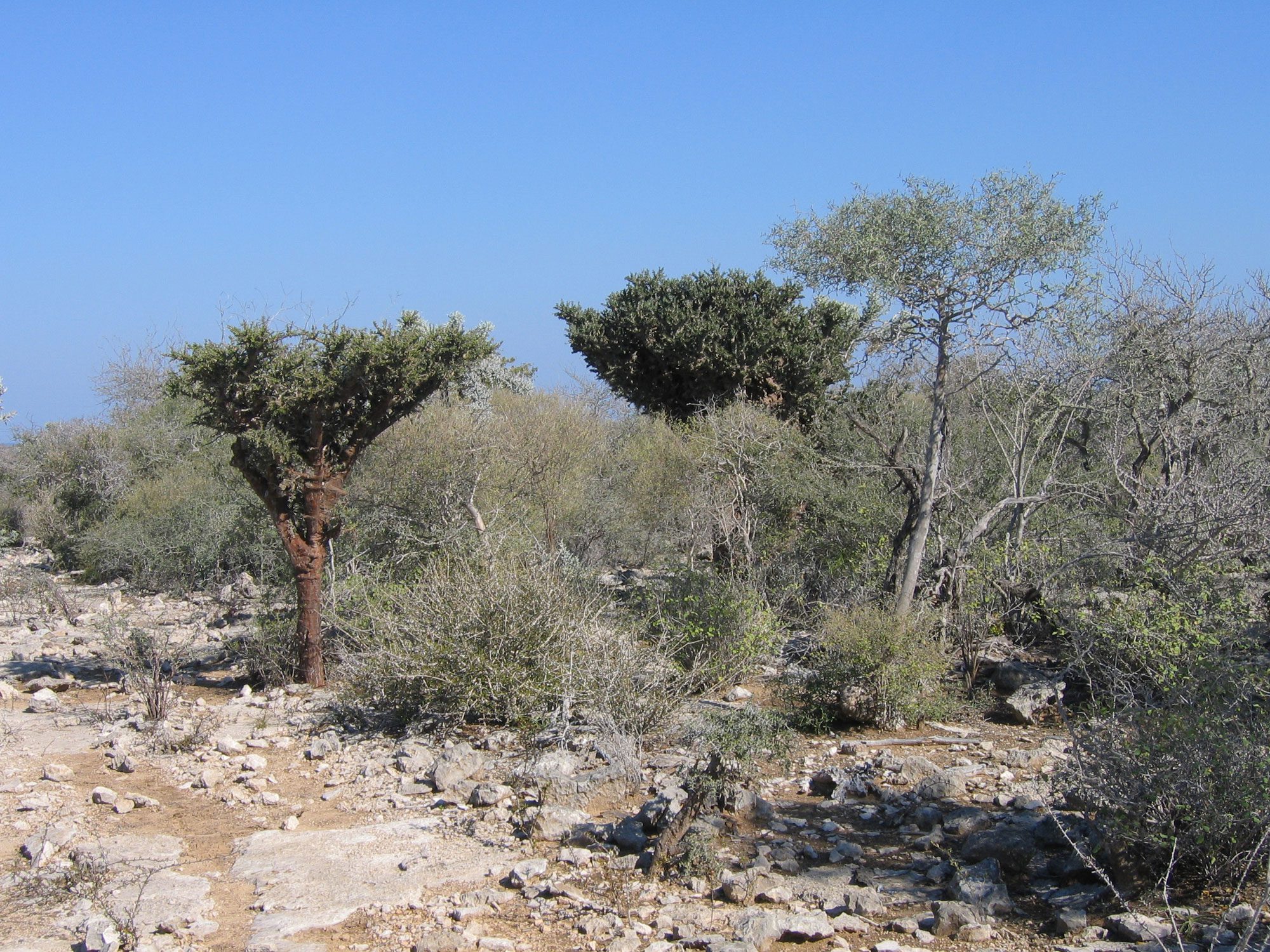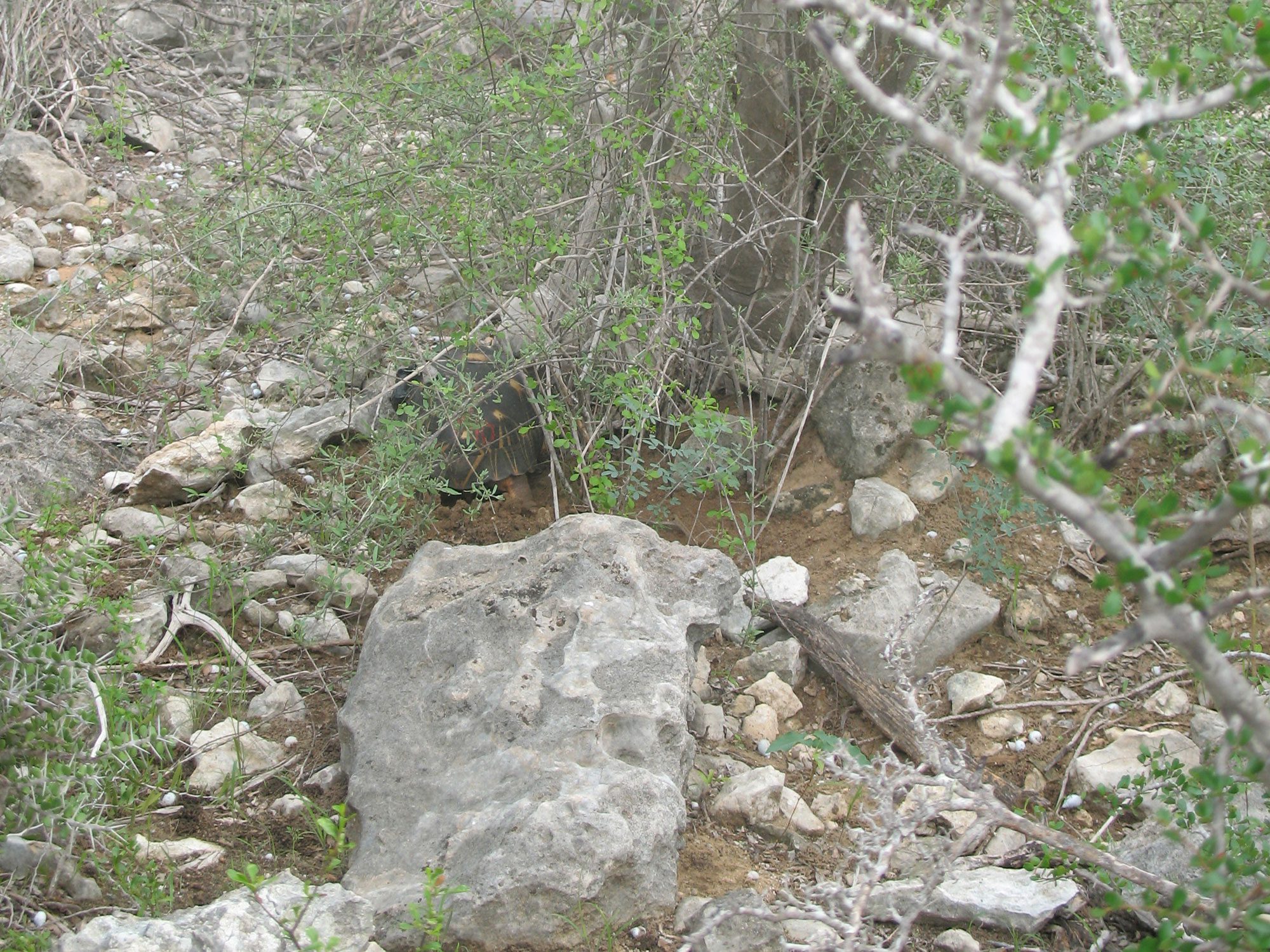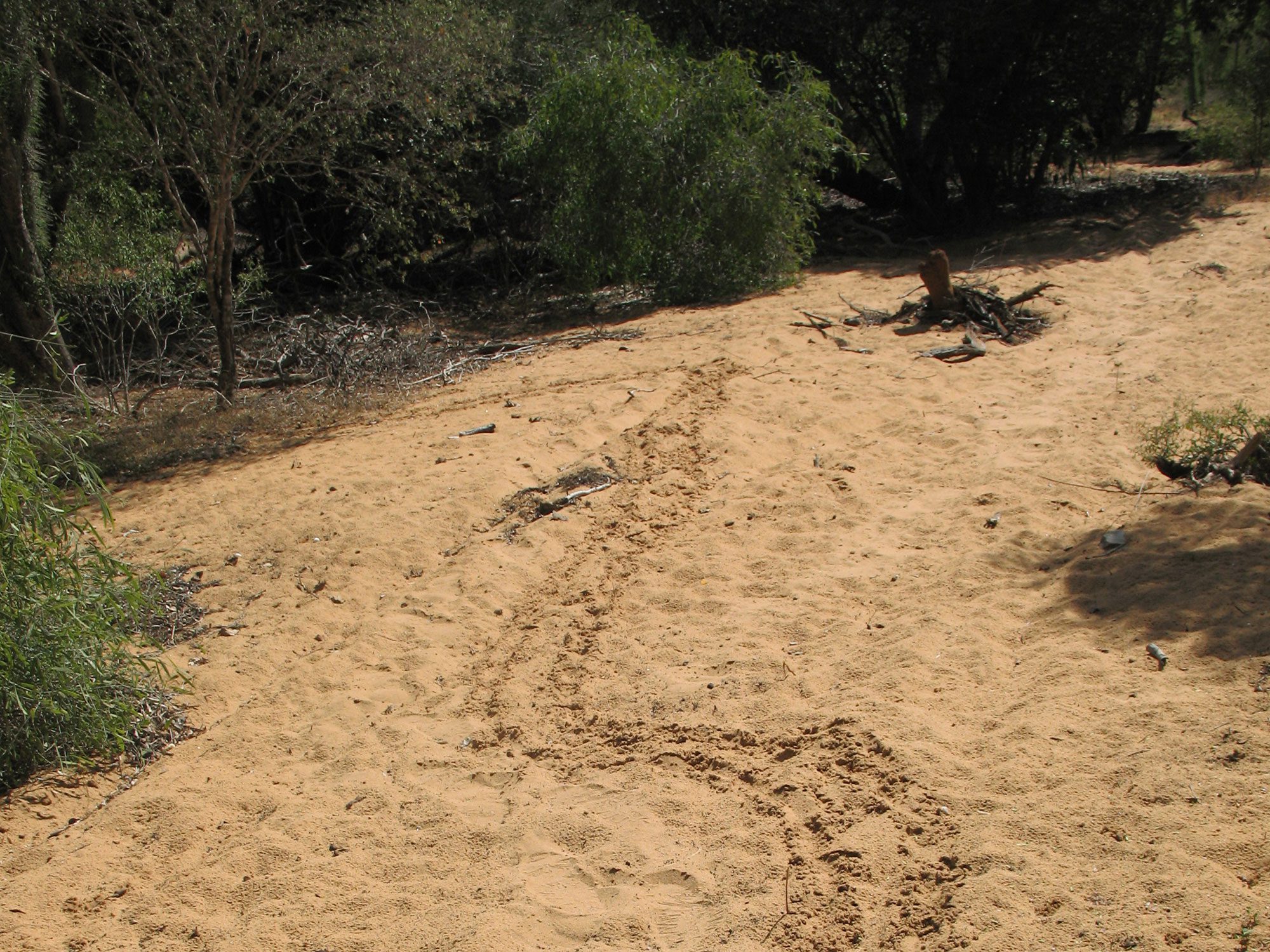Distribution
Astrochelys radiata is an endemic species and lives exclusively in the southwest of Madagascar. It is found in an area of about 21000 km2 between the rivers Onilahy and Mandrare. Today it still occurs naturally in a narrow belt of land extending from the coast to about 50 km inland. The main distribution area is on the Mahafaly and Karimbola plateaus. However, fossil evidence indicates that the species formerly occurred naturally in a much larger range.
Kept by locals as pets and living meat reserves, ray turtles are also found scattered in other regions of Madagascar. They are often kept with chickens and ducks by locals out of superstition, as they are believed to offer them protection from disease. Escaped animals may occur, but established populations outside the original range are considered unlikely. On the neighboring islands of Mauritius and La Réunion, Astrochelys radiata was introduced for food during the time of the seafarers. Today it is also bred there in large numbers in human care and under almost natural conditions.
Habitat
Astrochelys radiata lives in areas with a pronounced dry season and vegetation dominated by thornbush savanna. The local habitat is mainly dominated by succulent and thorny plants, especially from the Didiereaceae and Euphorbiaceae families. The scrub vegetation is dominated by Diospyros sp. (Seddon et al. 2000). It likes to colonize areas with low and dense vegetation and those dominated by opuntia cacti after deforestation and overgrazing. In general, the habitats in which Astrochely radiata is found are classified under xerophytic forest and bush landscape summarized.
By grazing grasses and treading out small trails in the scrub, Radiated Tortoises make room for small-growing and water-storing succulents. By ingesting and excreting undigested seeds, Astrochelys radiata also ensures the spread of sometimes rare, endemic plant species in their habitat. Radiated tortoises thus prove to be gentle gardeners and architects of an extremely sensitive ecosystem.
Xerophytes (from Greek: xeros "dry" and phytos "plant") are a type of organization of plants adapted to extremely dry sites. More specifically, they are plants adapted to a regular to complete scarcity of liquid water. This scarcity can be climatic, as in arid to semiarid climates where water is generally lacking or in arctic-alpine zones where water is not available in the liquid form that plants require. However, water scarcity can also be due to the nature of the soil as in sandy soils (low water holding capacity), clay soils (compacted material, water runs off superficially) or even limestone soils (often many furrows and cracks, water seeps away quickly). The forms of adaptation to the scarcity of liquid water are called xeromorphs. Astrochelys radiata is a species that has been able to adapt during evolution to a habitat with very little water.
Typical habitats of Astrochelys radiata
The following pictures show typical habitats of the Malagasy Radiated Tortoise. The pictures are from the National Park Tsimanampetsotsa, in the southwest of Madagascar and were provided with the kind support and permission of Mrs. Jutta Hammer.
Radiated Tortoises in human care make very high demands on space, care and infrastructure. Before an acquisition and during the planning of near-natural indoor and outdoor facilities, it is very important to study the conditions of the area of origin of Astrochelys radiata in detail and to orientate yourself accordingly. Practically all husbandry parameters such as soil conditions, vegetation, climate, etc. can be derived from the natural habitat of the animals and integrated into the husbandry concepts.

